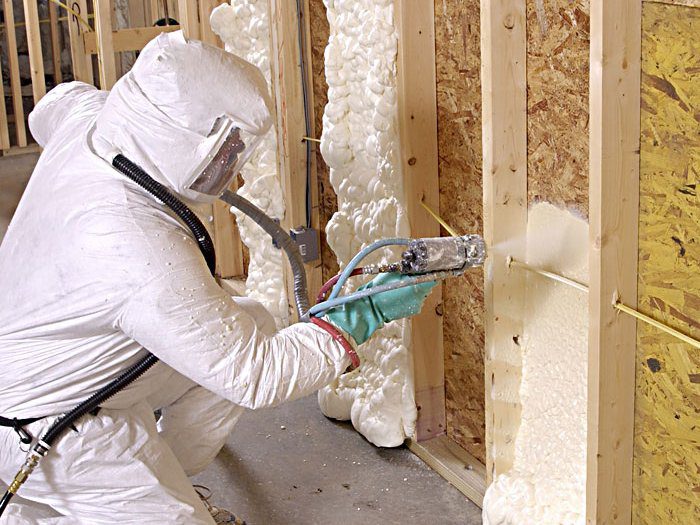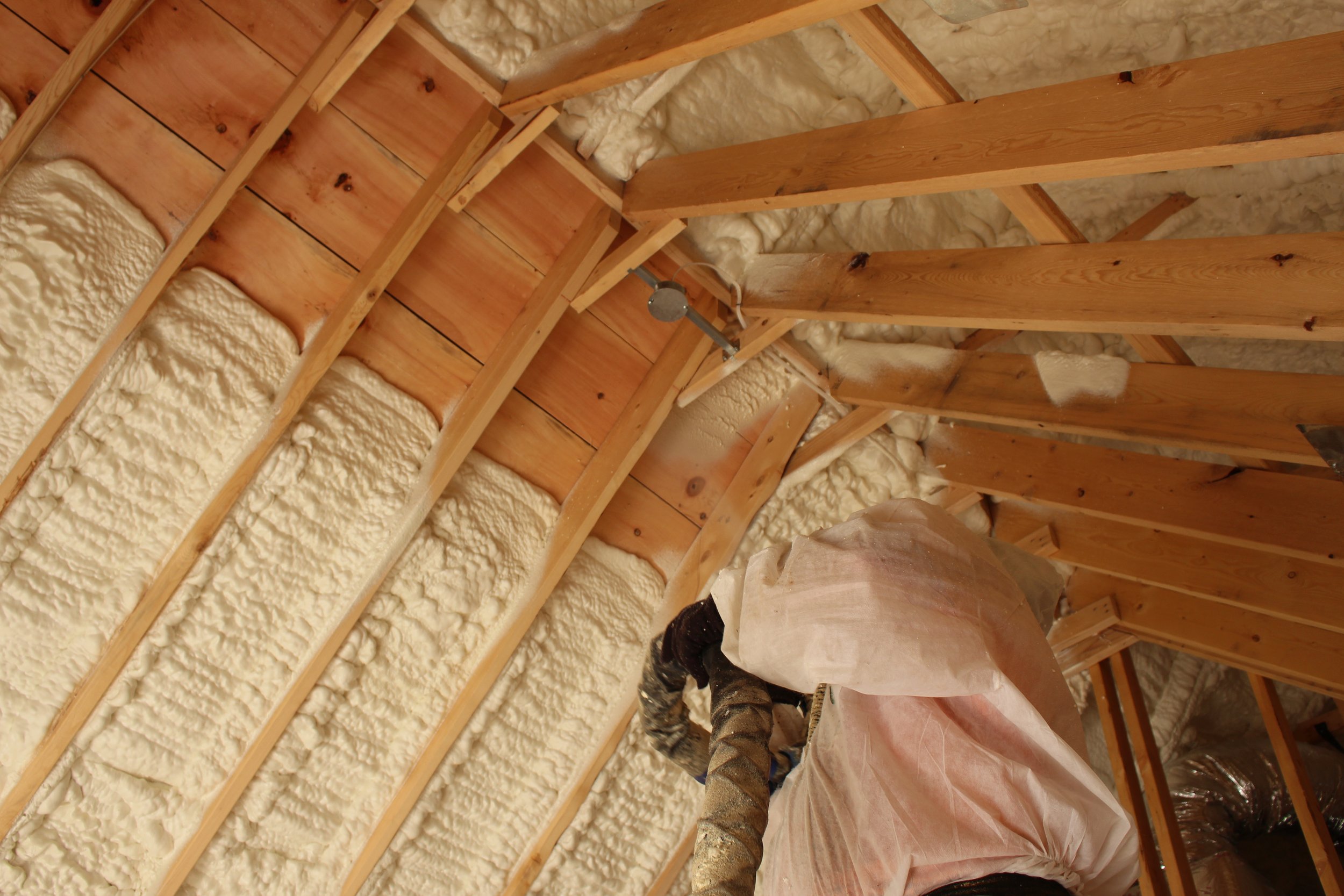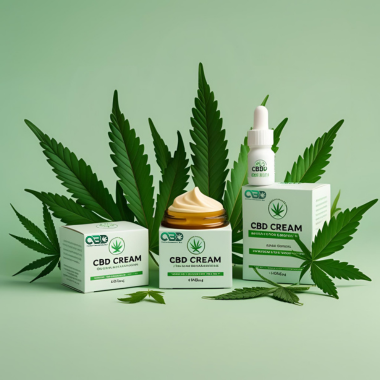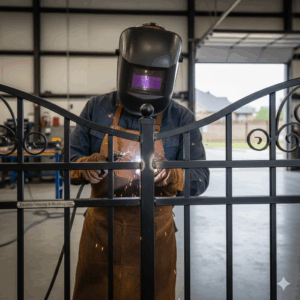
Spray foam insulation is becoming the first choice for homeowners who want year-round comfort, better energy efficiency, and long-term durability. Compared to older materials like fiberglass or cellulose, spray foam forms a tighter seal, reduces energy waste, and improves indoor air quality. It insulates and air-seals in one step, giving homeowners a long-term solution to temperature control and energy loss.
The switch to spray foam is driven by rising energy costs, growing awareness of indoor air quality, and the desire for long-term savings. This guide explains exactly why spray foam is gaining popularity, how it compares to other options, and what homeowners need to know before making the switch.
Why Spray Foam Stands Out
Spray foam offers two major benefits over traditional insulation: superior air sealing and higher thermal resistance. Unlike batts or blown-in insulation, spray foam expands on application, filling small gaps, corners, and cavities. This process creates a seamless barrier that helps control temperature and moisture.
Key Comparison Table: Spray Foam vs Traditional Insulation
| Feature | Spray Foam (Closed-Cell) | Spray Foam (Open-Cell) | Fiberglass Batts | Cellulose |
|---|---|---|---|---|
| R-Value per inch | 6.0 – 7.5 | 3.5 – 4.0 | 2.9 – 3.8 | 3.2 – 3.8 |
| Air Sealing | Excellent | Good | Poor | Moderate |
| Moisture Resistance | High | Low | Low | Moderate |
| Lifespan | 20–30+ years | 20–30+ years | 10–25 years | 20–30 years |
| Sound Dampening | Moderate | High | Low | Moderate |
| Typical Installation Cost/sq ft | $1.50 – $3.50 | $0.50 – $1.25 | $0.30 – $0.60 | $0.50 – $1.00 |
Bonus Tip: Closed-cell spray foam adds structural support to walls and ceilings, which can be beneficial in areas prone to high winds or storms.
Technical Specifications and Performance Data
Both closed-cell and open-cell spray foam have unique technical characteristics. Closed-cell is more rigid and has a higher R-value, while open-cell is softer and provides excellent sound dampening.
Technical Performance Table
| Specification | Closed-Cell Spray Foam | Open-Cell Spray Foam |
|---|---|---|
| Density | 1.75 – 2.2 lb/ft³ | 0.4 – 0.5 lb/ft³ |
| R-Value per inch | 6.0 – 7.5 | 3.5 – 4.0 |
| Perm Rating (Moisture) | <1 (vapor barrier) | >10 (vapor permeable) |
| Expansion Rate | 30 – 50x | 100x+ |
| Compressive Strength | 25 – 30 psi | <5 psi |
Bonus Tip: Use closed-cell foam in areas where moisture is a concern, such as basements and crawl spaces, to prevent mold growth and water damage.
The Shift Toward Long-Term Efficiency
Energy Efficiency and Savings
Energy bills are a major concern for most households. HVAC use (heating and cooling) typically makes up about 50% of total home energy consumption.
Key Fact: According to the U.S. Department of Energy, homes using spray foam insulation can reduce energy usage by 15–25% annually.
Spray foam acts as both insulation and air barrier, preventing energy loss through air leaks. The result is more stable indoor temperatures, reduced reliance on heating and cooling systems, and lower utility bills.
Indoor Air Quality Benefits
Spray foam seals out pollen, dust, allergens, and pollutants. This leads to cleaner indoor air and helps reduce respiratory issues caused by air infiltration. Open-cell foam also allows moisture to escape, preventing trapped condensation that could otherwise lead to mold.

How Spray Foam Adapts to Climate
Different climates require different insulation strategies. Spray foam provides flexibility:
- In cold climates, closed-cell foam offers high thermal resistance and acts as a vapor barrier.
- In hot or humid areas, open-cell foam allows moisture to pass through without trapping it inside walls.
- In coastal or flood-prone zones, closed-cell foam resists water absorption and can help minimize storm damage.
Climate Suitability Overview
| Climate Type | Best Spray Foam Option | Reason |
|---|---|---|
| Cold (Northern US) | Closed-Cell | Higher R-value, vapor barrier |
| Hot/Dry (Southwest) | Open-Cell | Breathable, cost-effective |
| Humid (Southeast) | Open-Cell | Moisture permeable |
| Coastal/Flood Areas | Closed-Cell | Water-resistant, strong barrier |
Things to Consider Before Making a Decision
Choosing spray foam involves more than just comparing R-values. Consider these practical factors before installation:
1. Application Type and Accessibility
Spray foam is best suited for:
- New construction
- Major renovations
- Attics, crawl spaces, basements
- Open wall cavities
Retrofitting closed walls requires drilling or drywall removal, which increases labor and cost.
2. Building Code Compliance
- Some local building codes require a thermal barrier (such as drywall) over spray foam for fire safety.
- Check regional insulation requirements and approved materials with your local municipality.
3. Installation Requirements
Spray foam must be installed by trained professionals to ensure proper expansion and curing. Improper installation can lead to off-gassing, incomplete coverage, or structural issues.
4. Budget and ROI
While spray foam costs more upfront, the return on investment comes through
- Lower energy bills
- Fewer repairs and HVAC maintenance
- Extended lifespan of insulation (20–30+ years)
Bonus Tip: Many homeowners recoup the higher cost of spray foam within 3–5 years due to energy savings alone.
Common Questions About Spray Foam
How long does spray foam insulation last?
Properly installed, it can last over 30 years without needing to be replaced. It also retains performance over time, unlike some traditional materials that settle or degrade.
Can spray foam be added to existing walls?
Yes, but it often requires removing interior drywall unless using injectable low-pressure foam. It’s most efficient during renovations or in unfinished areas.
Does spray foam attract pests?
No. In fact, its dense structure helps deter rodents and insects because it contains no food value and creates an air-sealed barrier.
Is spray foam safe?
Once cured, spray foam is inert and safe. However, during application, the area must be ventilated and unoccupied until the foam fully cures (typically 24 hours).
Spray Foam FAQ
Is spray foam flammable?
It is combustible but safe when installed with a thermal or ignition barrier, as required by building codes.
Will it reduce noise?
Open-cell spray foam is excellent for soundproofing interior walls and ceilings.
How thick should spray foam be?
This depends on your climate zone and the area being insulated. Generally, 2–3 inches of closed-cell or 3–5 inches of open-cell is standard.
Can it be painted over?
Yes, once cured and trimmed, it can be covered with drywall, painted, or coated.
Does it increase home value?
Energy-efficient upgrades like spray foam are increasingly valued by buyers, especially in markets prioritizing green and energy-smart homes.
Make the Right Decision
Spray foam insulation offers more than just energy savings—it enhances comfort, improves air quality, and adds long-term value. For homeowners planning to stay in their home or invest in its durability, spray foam is often the smarter choice despite its higher initial cost.
Evaluate your home’s specific needs, your budget, and your long-term plans. Consult with a certified professional to ensure you select the right type of spray foam for your home and climate. When applied correctly, spray foam can deliver decades of consistent performance with minimal maintenance.









